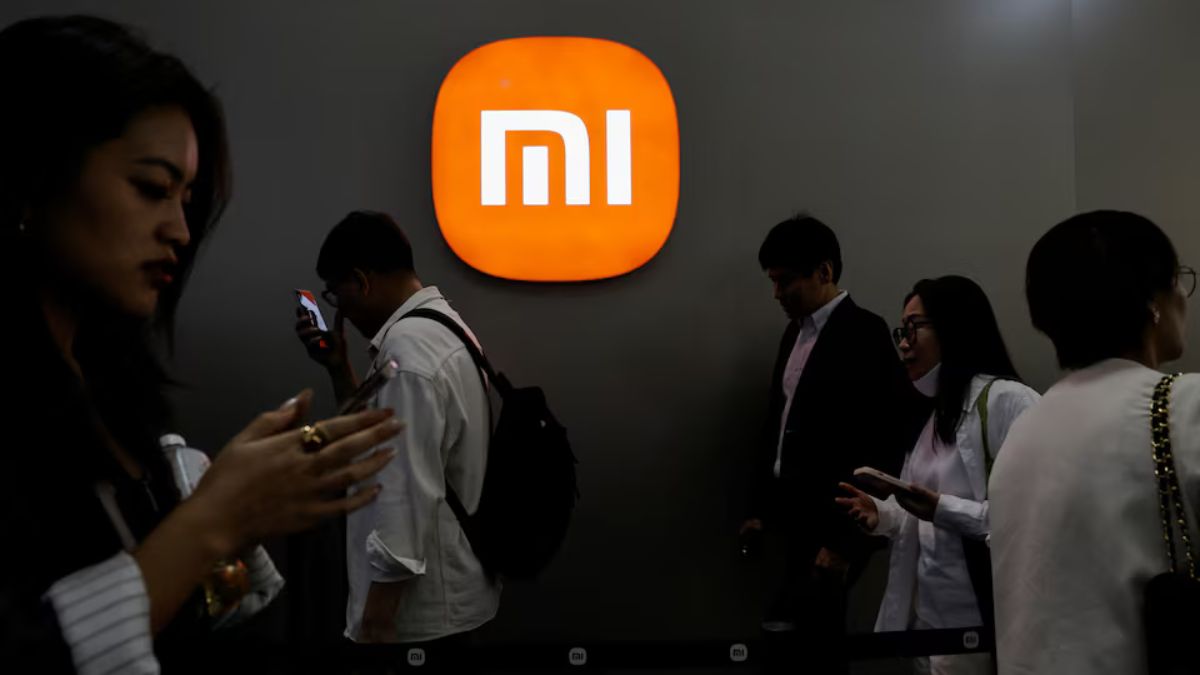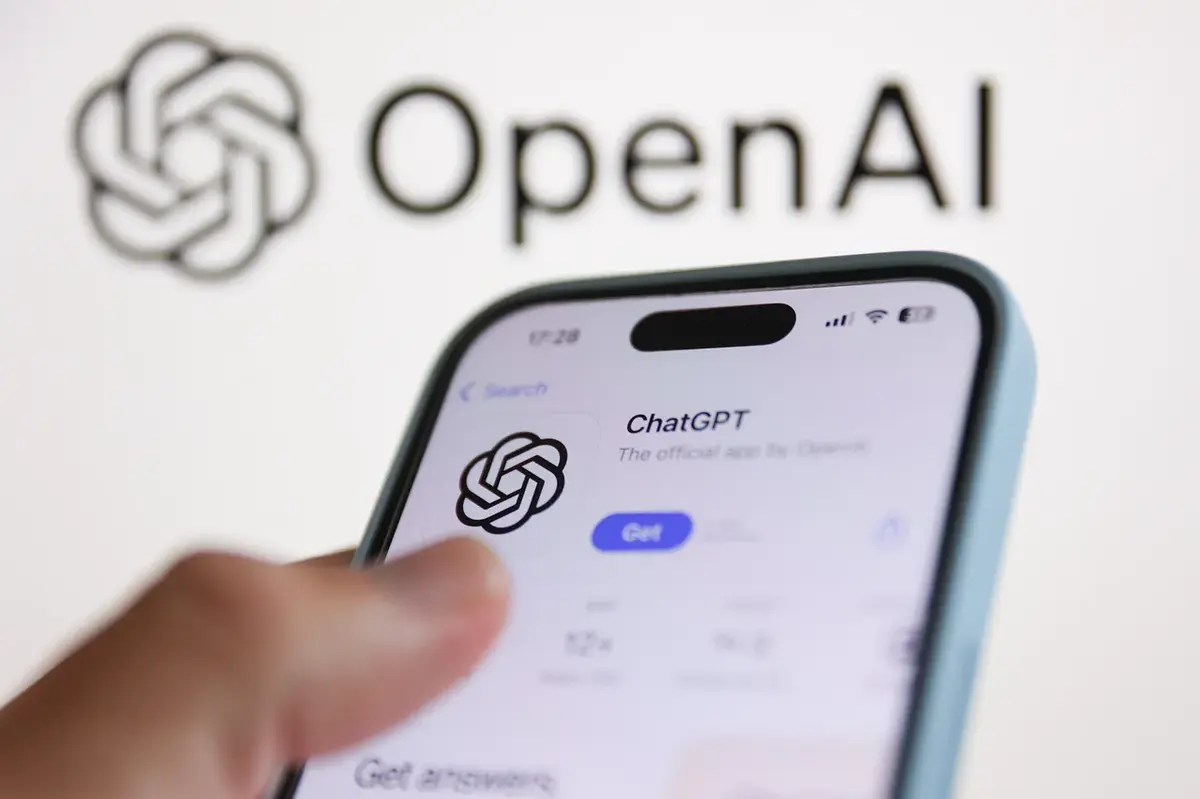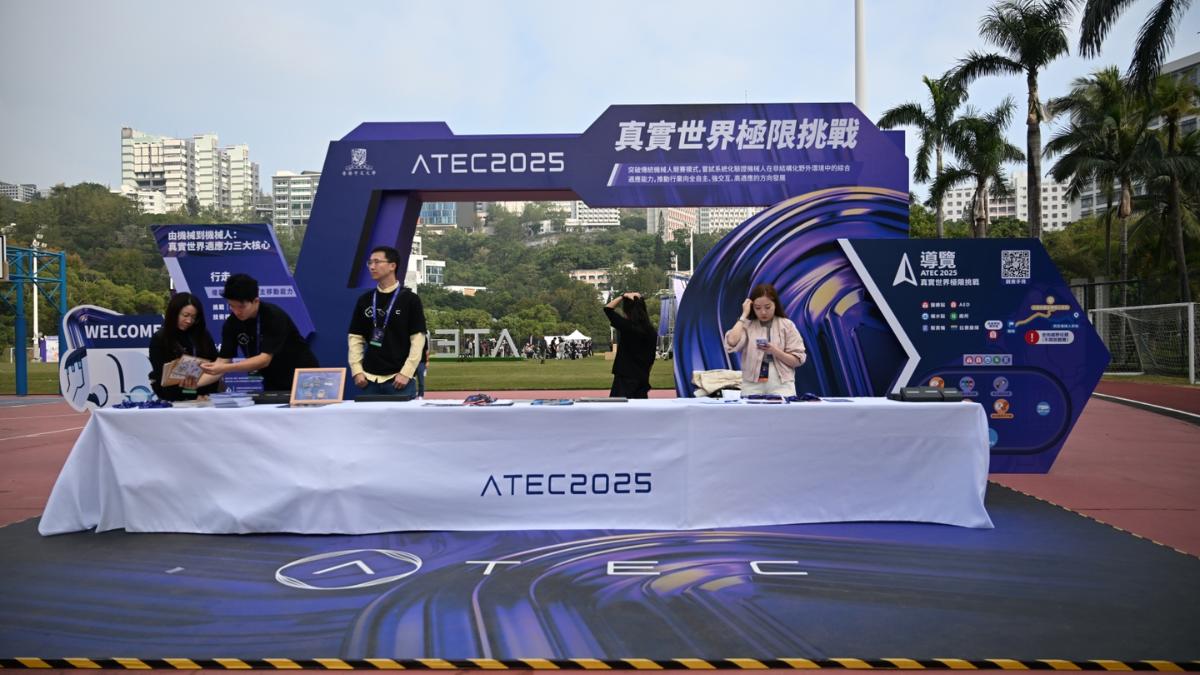Xiaomi has officially announced that the code for its Vela system is now open-sourced, launching the OpenVela project on platforms like GitHub and Gitee under the Apache 2.0 license.
This move marks a significant step in advancing Xiaomi’s IoT ecosystem and encourages global collaboration among developers.
What is the Xiaomi Vela System?
The Vela system, based on the open-source NuttX real-time operating system, is designed for embedded IoT development. With just 8KB of memory, it’s lightweight and highly flexible, supporting a wide range of CPU architectures and multi-core SoCs.
Vela currently powers over 1,000 smart home and wearable devices, showcasing its versatility in the IoT space. The name “Vela,” derived from Latin meaning “sail,” reflects the company’s vision of embarking on a journey toward innovative IoT solutions.
Key Features of OpenVela
OpenVela is the open-source version of Xiaomi’s Vela system, designed to meet the growing needs of IoT applications worldwide.
It supports multiple hardware architectures, including ARM, RISC-V, and MIPS, with C/C++ as the primary programming language. Key features include:
- Scalability and Modularity: Supports a variety of IoT scenarios, from small BLE modules to advanced smart devices.
- Heterogeneous Computing Support: Facilitates smooth operations across multi-core environments.
- Standard Compatibility: Compatible with 88% POSIX, making it easy to port software from Linux.
- Full Connectivity: Supports Bluetooth, WiFi, Matter, LTE Cat1, and integrates with Xiaomi’s HyperConnect for better device interoperability.
- Developer Tools: Includes debugging, performance analysis, and system monitoring tools for a seamless development experience.
Integration with Android and HyperOS
Xiaomi aims to enhance OpenVela’s integration with Android and its own HyperOS to provide a more cohesive user experience across smartphones and IoT devices.
Looking Ahead
With OpenVela’s open-source release, Xiaomi is paving the way for wider collaboration in AIoT (Artificial Intelligence of Things), providing a powerful and flexible platform for developers. The project is now live on GitHub and Gitee, inviting developers to contribute to the growing ecosystem.
This open-source initiative signals Xiaomi’s commitment to advancing global IoT innovation and strengthening its position in the tech community.












